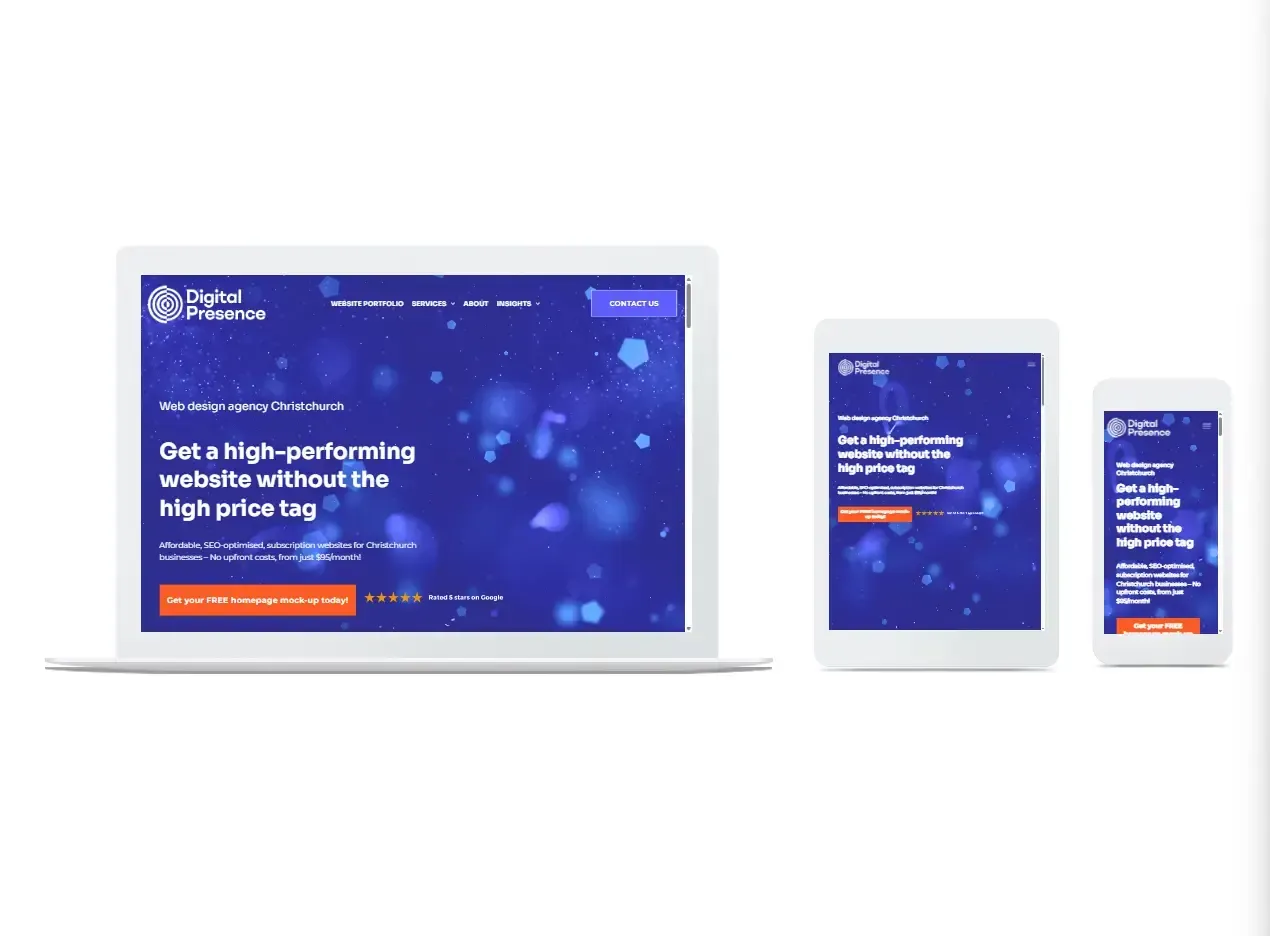Return on Ad Spend: Is this the most important Google Ads metric?
With so many opportunities and platforms in the online world to digitally market your business, it can be difficult to figure out which one is best for your business, and how best to exploit them. Search engine marketing is one of the most powerful tools available. There are lots of search engines internet users can choose to use to access information but the most sophisticated and well established one is Google.
Google dominates search with 92% of the global search engine market, processing approximately 99,000 search queries every second (source: Hubspot). The figures are eye-watering, but they indicate how important it is for a business to get on that first page of the search engine results. You do not want your business lost in the ether.
Google Ads are one of the most powerful digital marketing tactics available to businesses. As part of a dynamic digital marketing campaign which includes top tier website design and SEO, Google Ads can generate an impressive amount web traffic and conversions for your brand.
· Instantaneous impact
· Trackable ROI
· Cost-per-click online adverts
· Customisable audience targeting
· Attracts visitors who have a clear intent
· Supports organic (unpaid for) website traffic
The capacity to swiftly generate traffic is unmatched when a Google Ads campaign is executed with precision. However, this efficacy comes at a cost, and managing your Google Ads budget is crucial to prevent dollars going down the drain. One metric that you should be on your radar is the Return on Ad Spend (ROAS).
What is ROAS?
Return On Ad Spend (ROAS) is a digital marketing pay-per-click (PPC) metric that quantifies how much money you make for every dollar spent on advertising. This metric unveils the performance of your Google Ads campaigns, offering insights into the profitability of your investment. The aim is to have a high ROAS i.e., making more money than you are spending.

What is a good ROAS for a Google Ads campaign?
A good rule of thumb is anything over 1 (which is a 100% increase) is ok but the Google Ads campaign could be tweaked to improve efficiency, 2 is average, but a ROAS target of 3 or 4 is viewed as a reasonable return.
What’s the difference between ROAS and ROI?
In short, the Return on investment (ROI) is a big picture metric and measures the total profit return on an overall investment, whereas ROAS measures the revenue success of a specific Google Ads campaign.
For example, imagine your company makes $10,000 in revenue from a Google Ads spend of $2,500. You have rent, staff and stock costs to pay, which costs $8,000.
ROAS: ($10,000 / $2,500) x 100% = 400%
ROI: (-$500 / $10,500) x 100% = -4.76%
Note: -$500 is the profit ($10,000 - $2,500 - $8,000); $10,500 is the advertising spend ($2,500 + $8,000)
From two metrics of the same Google Ads campaign, there are two very different outcomes. The ROAS delivers positive results, whereas the ROI confirms the campaign is not profitable for the business.
Is ROAS the most important Google Ads metric?
Although counterintuitive, using ROAS alone is a flawed measure of the success of a Google Ads campaign. However, the metrics are incredibly useful when understood in the context of other available data, and this is where Digital Presence can help you. We translate metric data into jargon-free reports, so you can see how your Google Ads campaigns are truly performing.
As a digital marketing agency in Christchurch, we don’t just focus on short term results for your business. We look at your business holistically to create a data driven digital marketing strategy for long term sustainable growth, to increase brand value, and market share. If you would like to discuss your Google Ads campaign, or are starting from scratch, let’s talk. Call 0274 278047 or email hello@digitalpresence.co.nz for a free no-obligation chat.
All Rights Reserved | Digital Presence












